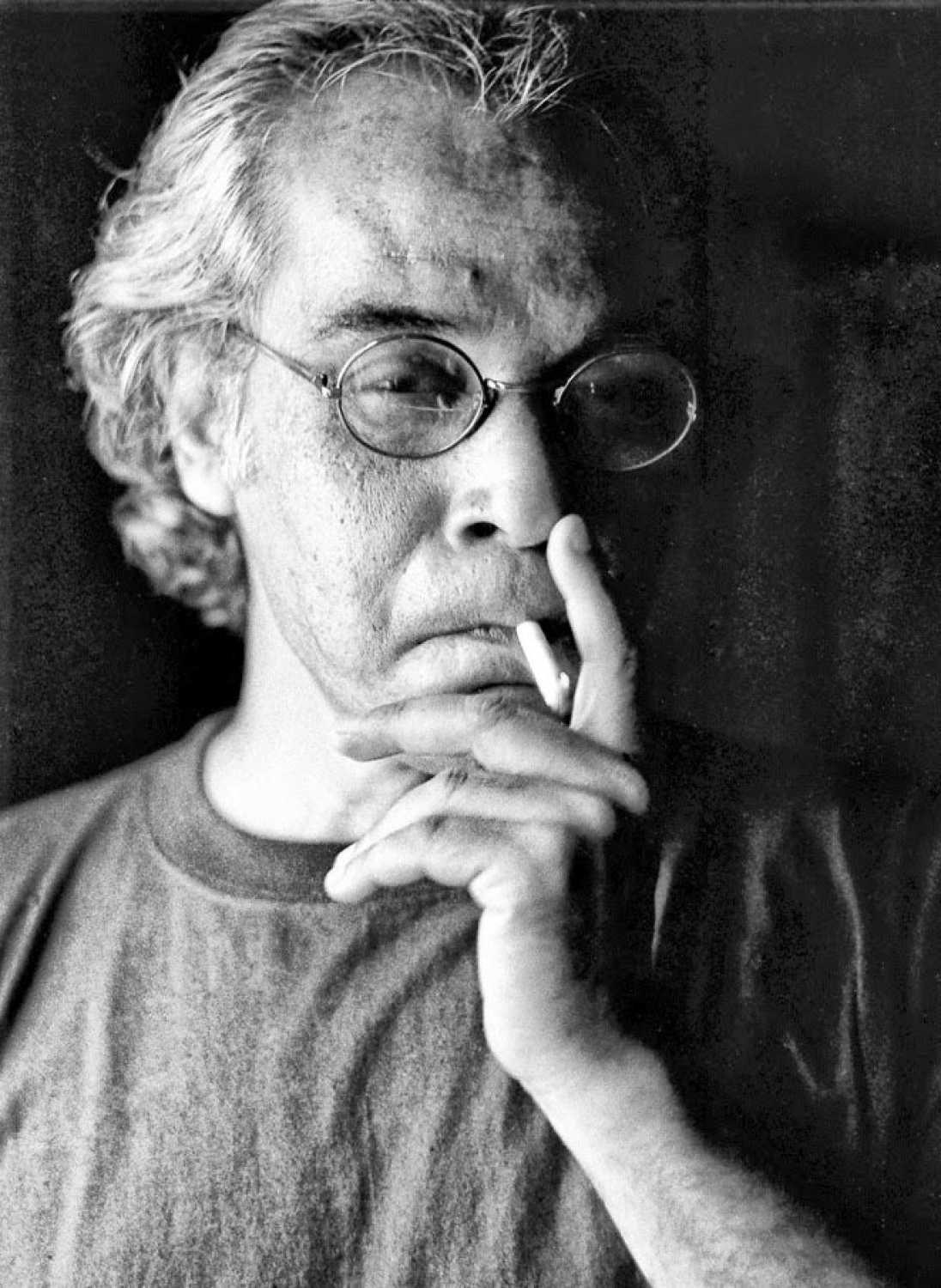Over the years, Chatterjee has played distinguished roles in films carrying socially relevant messages. On his 73rd birthday (Chatterjee was born on 30 May 1945), we revisit his roles from five iconic films.
Article Bengali English (India)
Dhritiman Chatterjee's 5 greatest film roles — 73rd birthday special
Kolkata - 30 May 2018 12:43 IST
Updated : 31 May 2018 0:55 IST


Roushni Sarkar
Sundar Chatterjee, better known as Dhritiman Chatterjee, had never dreamt of becoming an actor. He had a great interest in film, which led him to help set up the first film society of Delhi University. In the process, he came in touch with legendary filmmakers Satyajit Ray and Mrinal Sen, two pillars of Indian cinema.
During the casting of Pratidwandi (1970), a close friend of Chatterjee proposed his name for the role of the protagonist Siddhartha to Ray. Driven by his eagerness to watch the master, Ray, at work rather than by any great desire to build an acting career, Chatterjee grabbed the opportunity and made his debut with the film.
Over the years, Chatterjee has played distinguished roles in films carrying socially relevant messages. He has appeared in cult films such as Sen’s Padatik (1973) and Akaler Sonadhane (1980), Aparna Sen’s directorial debut 36 Chowringhee Lane (1981), Ray’s Agantuk (1991) and Deepa Mehta’s Midnight's Children (2012).
He has also appeared in important English films, like Jane Campion’s Holy Smoke (1999), Matthew Brown’s The Man Who Knew Infinity (2015) and Asoka Handagama’s Let Her Cry (2016).
A member of the jury for the National Film awards and a documentary filmmaker passionate about advertising, Chatterjee is currently busy with his upcoming sci-fi project Professor Shonku O El Dorado, directed by Sandip Ray.
On his 73rd birthday today (Chatterjee was born on 30 May 1945), we revisit his roles from five iconic films.
Pratidwandi (1970)
Dhritiman Chatterjee made his debut with Satyajit Ray’s Pratidwandi (1970), inspired by a novel of the same title by Sunil Gangopadhyay. In the film, he played Siddhartha, a bright medical student who is forced to give up his dream of becoming a doctor after the sudden death of his father.
Chatterjee embodied the frustration and cynicism of the character that was typical of the youth of the late 1960s and the 1970s, when social and economic decadence were growing and communism was on the upswing in parts of India, particularly Bengal.
With his natural act, Chatterjee brilliantly played the character, the soul of the film depicting adversaries. His angst at his sister’s rebellion, which causes him embarrassment, or his helplessness at committing to Keya, in whom he finds solace during his constant chase and aimless wanderings in the city of Calcutta, was perfect.
Padatik (1973)
After Pratidwandi, Dhritiman Chatterjee got into the skin of a character who is the polar opposite of Siddhartha, in Padatik (1973), one of the overtly political films made by Mrinal Sen. Here he played a fugitive political activist who takes shelter in a divorced woman’s flat in an upper-class locality, having been advised to do so by party members.
Chatterjee got into the flow of Sen’s directorial and brought out the self-criticism that the character engages in while staying as a recluse. He evidently pronounced Sen’s message relating to the contemporary state of political turmoil and the power dynamics of left parties with his deeply cerebral act.
The importance of Chatterjee's performance also lies in etching out the conflicts in the character, who eventually chooses to be more resolute in his political ideologies despite observing all the apparent flaws in it.
36 Chowringhee Lane (1981)
Often termed a masterpiece, 36 Chowringhee Lane by Aparna Sen revolves around the character of aged Anglo-Indian teacher Violet Stoneham (Jennifer Kendal). Chatterjee, here, played the unusual character of Samaresh Maitra, an author and boyfriend of Nandita, Violet’s former student, played by Debashree Roy. Together, they make best use of the lone woman's home for their own interest and desert her when she finally wishes to celebrate her friendship with them. Chatterjee left an impression even as an opportunistic and shallow author and stood out in the film's talented ensemble cast.
Ganashatru (1989)
According to Dhritiman Chatterjee, the character of Nisith Gupta in Satyajit Ray’s Ganashatru (1989) was one of the most challenging roles he has played. For the first time, he essayed a negative character, inspired by Henrik Ibsen’s play Enemy Of The State. In the film, Chatterjee played the powermonger chairman of the municipality and the corrupt brother of the benevolent Dr Ashok Gupta (Soumitra Chatterjee).
When Ashok attempts to bust the politicians’ unethical activities which lie at the root of the contamination of the ‘holy water’ of Tripureswari temple, a source of income for them, Nisith manages to manipulate the community to turn its back on his brother, turning him into a villain. Chatterjee proved his ability as a comprehensive actor in the film. He was strong as the antagonist against the idealistic character portrayed by Soumitra Chatterjee and represented the polarization of power well.
Sunya Theke Suru (1993)
According to the actor, who prefers to get associated with art-house films rather than mainstream ones, the character of Professor Bhismadev Sharma in Ashok Viswanathan’s Sunya Theke Suru was no less challenging. The film added to his list of films made on the leftist movement.
In Sunya Theke Suru, he played an economics professor who gets imprisoned and tortured for expressing his support for and sympathy towards the student movement. Chatterjee delivered a gut-wrenching performance when, after his release, the transformed political atmosphere of the city nearly drives him insane.





